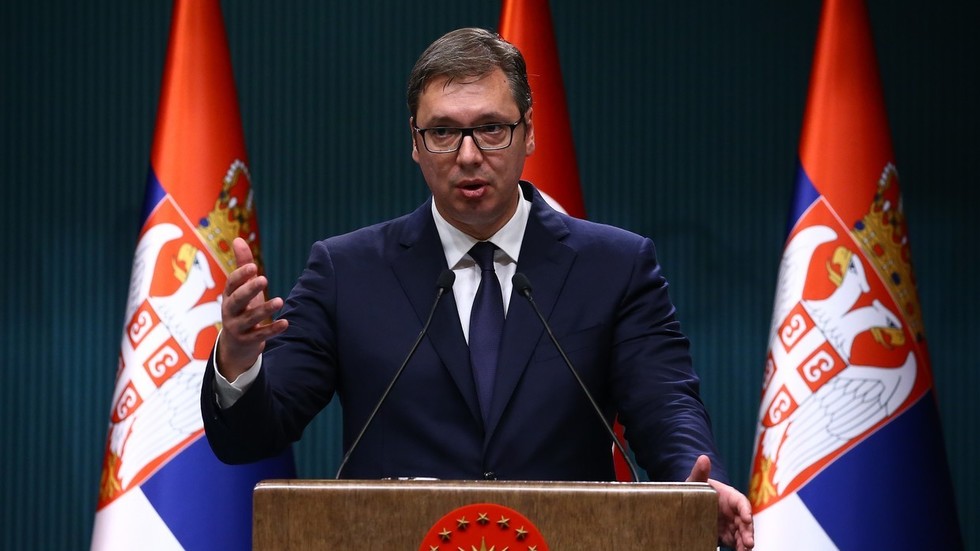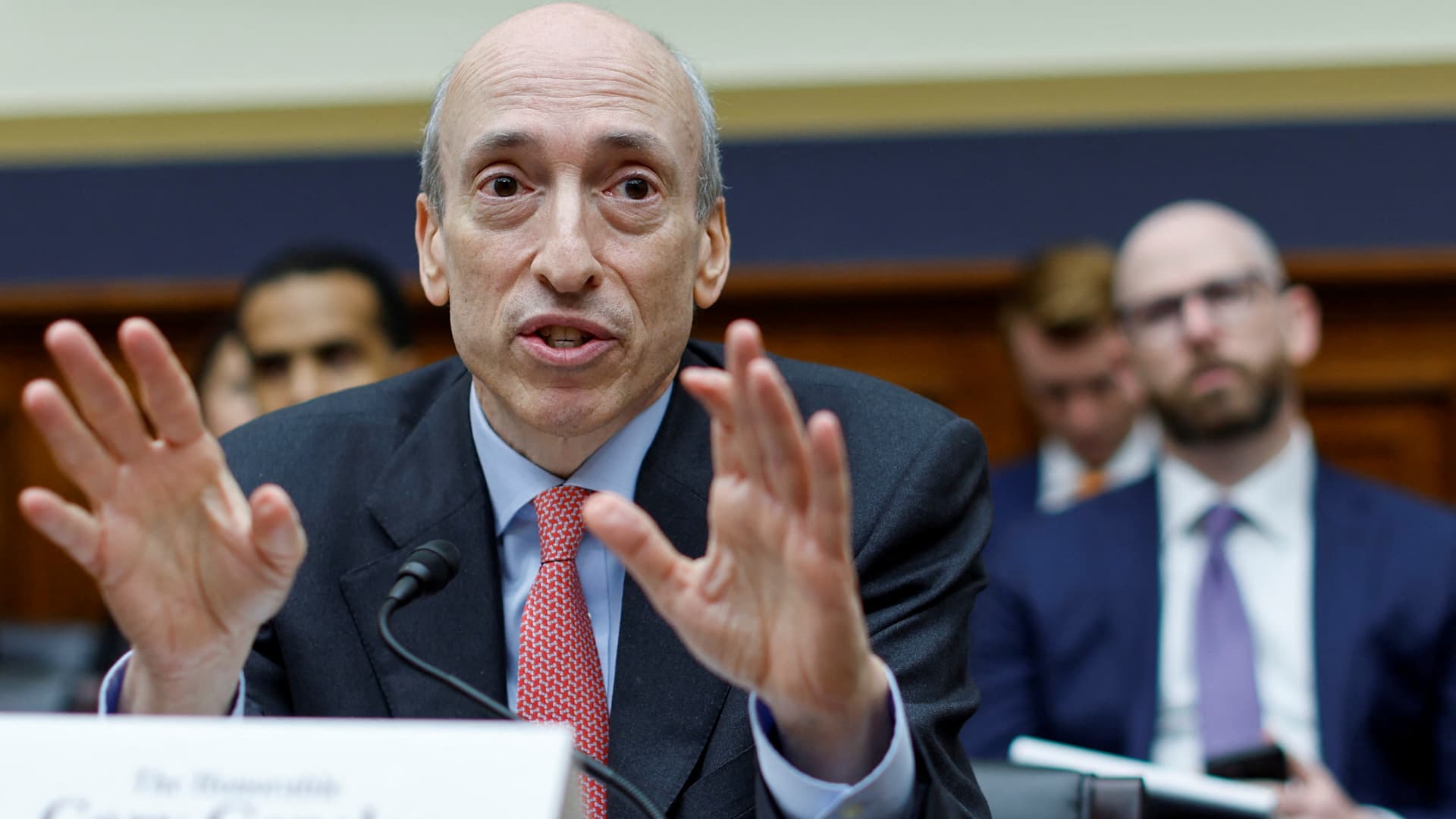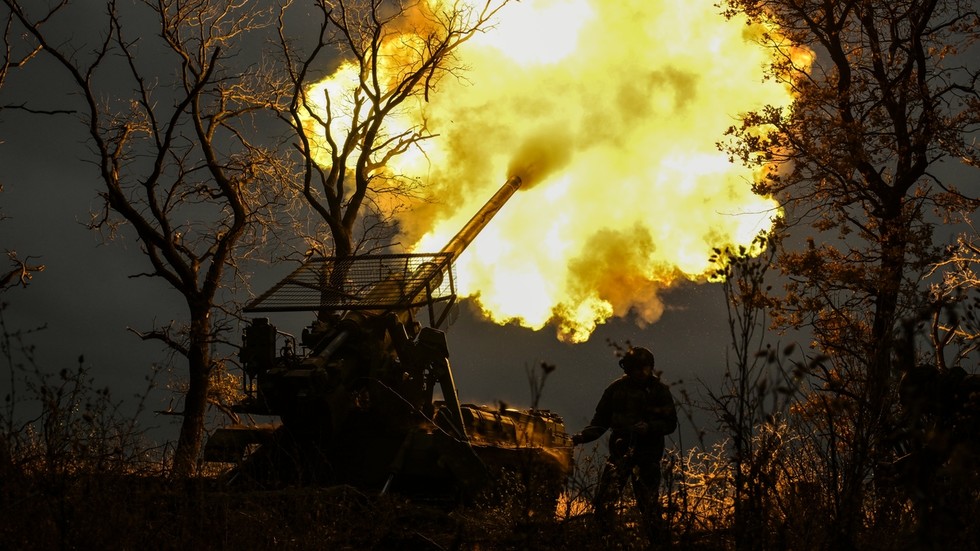SEOUL:
North Korea
launched 720 balloons across the world's most heavily armed border overnight Saturday, hitting
South Korea
with their payloads: plastic bags full of cigarette butts and other trash.
Since last Tuesday, North Korea has sent roughly 1,000 of these
trash balloons
across the Demilitarized Zone separating the two Koreas. Once the balloons reached South Korean airspace, their timers released the plastic bags containing assorted rubbish, including scraps of used paper and cloth.
The South Korean military dismissed initial reports that the balloons were carrying human waste, but it did note that some of the trash appeared to be compost.
So far, authorities in the South have found "nothing hazardous" in the payloads. On Sunday, the office of President Yoon Suk Yeol accused North Korea of "dirty provocations no normal country would think of." It said South Korea would start taking "steps that North Korea would find unbearable."
Its officials indicated that they might switch on their loudspeakers along the inter-Korean border to blare K-pop music, which the North's leader,
Kim Jong Un
, has found so threatening that he once called it a "vicious cancer."
The North has cast the floating offensive as "tit-for-tat action." It has accused North Korean defectors living in South Korea of "scattering leaflets and various dirty things" over its border counties in recent days.
Here's what to know about the unusual offensive.
It has been unsettling but not disruptive.
When South Korea reports objects launched from North Korea, they are usually rockets carrying satellites or ballistic missiles of a kind the North says is capable of delivering nuclear warheads. But the North's actions in the past week have been a revival of a Cold War era tactic:
propaganda balloons
as psychological warfare.
Last week's balloon offensive triggered some confusion and public complaints when the government mistakenly warned people near the border of an "air raid."
Mostly South Koreans remained calm, treating the episode as little more than irritating antics from the North. On social media, people posted pictures of the North Korean balloons in trees, on farmland or on urban side streets bursting with trash. One plastic bag dropped from a balloon was heavy enough to destroy the windshield of a parked car, according to photos carried by local news media.
But there was an ominous undertone when South Korea urged people not to touch the balloons and to report them to authorities immediately. North Korea is known to hold large stockpiles of biological and chemical weapons, which its agents once used to assassinate Kim's estranged half brother, Kim Jong Nam.
Photos and video footage released by the South Korean military Sunday showed officers clad in biohazard and bomb-disposal gear inspecting the trash piles.
The balloon rivalry goes back decades.
During the Cold War, North and South Korea waged psychological warfare. They tried to influence each other's citizens with shortwave radio broadcasts laden with propaganda. Along the DMZ, loudspeakers bombarded rival soldiers day and night with propaganda songs. Billboards urged the soldiers to defect to a "people's paradise" in the North or to the "free and democratic" South.
And the two Koreas launched leaflet-laden balloons into each other's airspace. Millions of such leaflets vilifying the other side's government were scattered over the Korean Peninsula, material that both Koreas banned their people from reading or keeping. In the South, police rewarded children with pencils and other school supplies when they found the leaflets in the hills and reported them.
But until fairly recently, balloons from North Korea seldom carried common trash.
A court decision allowed the balloons to fly again.
By the 1990s, it was clear that the North's propaganda was losing its relevance as the South's economy pulled ahead. The South had become a vibrant democracy and a global export powerhouse, while the North suffered chronic food shortages and relied on a personality cult and a total information blackout to control its people.
When their leaders held the first inter-Korean summit meeting in 2000, the two Koreas agreed to end government-sponsored efforts to influence each other's citizens. But North Korean defectors and conservative and Christian activists in the South carried on the information war, sending balloons laden with mini-Bibles, transistor radios, household medicine, computer thumb drives containing K-pop music and drama, and leaflets that called Kim a "pig."
To them, their payloads contained "truth" and "freedom of expression" that would help awaken North Koreans from their government's brainwashing. To Pyongyang, they were nothing more than political "filth," and North Korean leaders vowed to retaliate in kind.
Then the government in Seoul enacted a law that banned the sending of leaflets to the North, saying they did little more than provoke Pyongyang. But a few years later, in 2023, a court ruled the law unconstitutional, and last month activists resumed launching balloons.
"We have tried something they have always been doing, but I cannot understand why they are making a fuss as if they were hit by a shower of bullets," Kim Yo Jong, Kim's sister and spokesperson, said last week. "If they experience how unpleasant the feeling of picking up filth is and how tired it is, they will know that it is not easy to dare talk about freedom of expression."

 5 months ago
19
5 months ago
19








